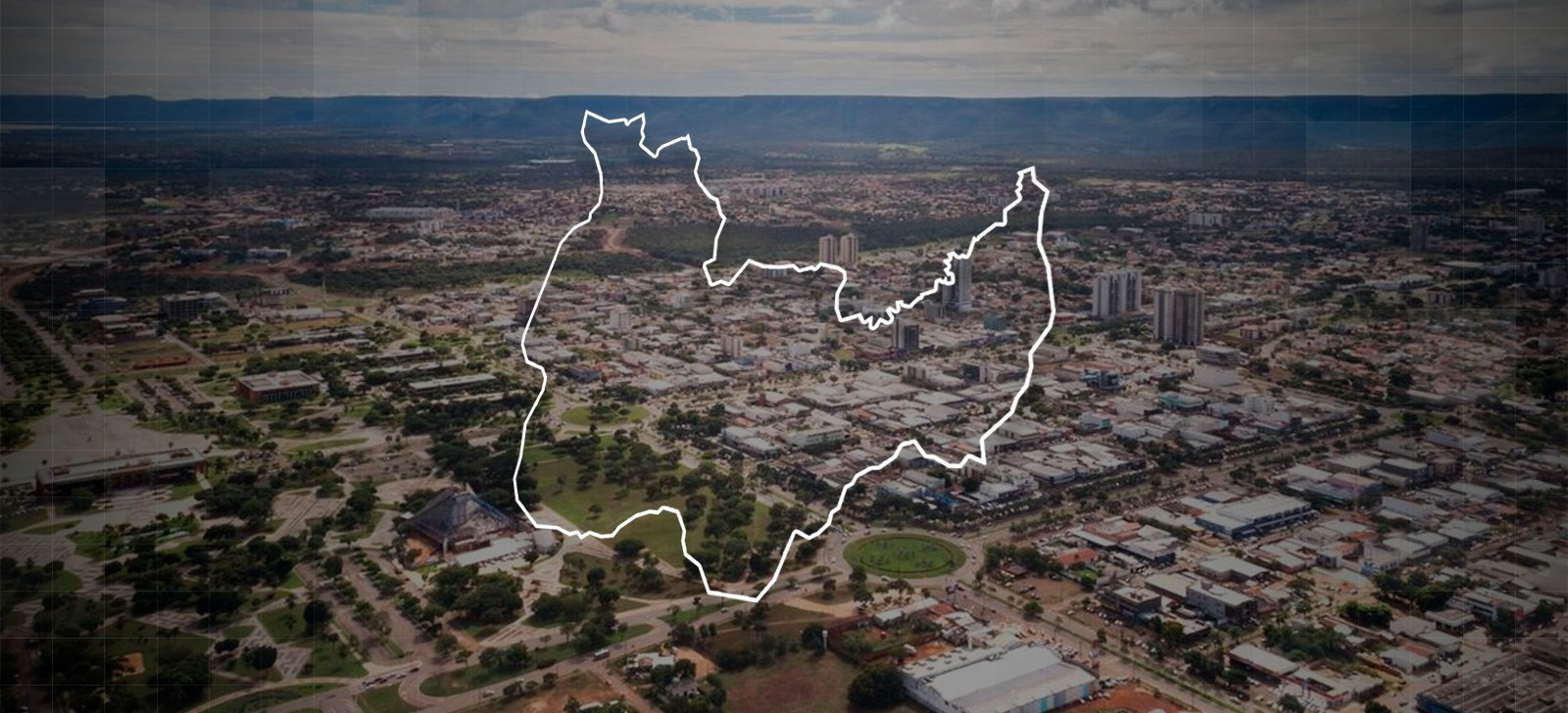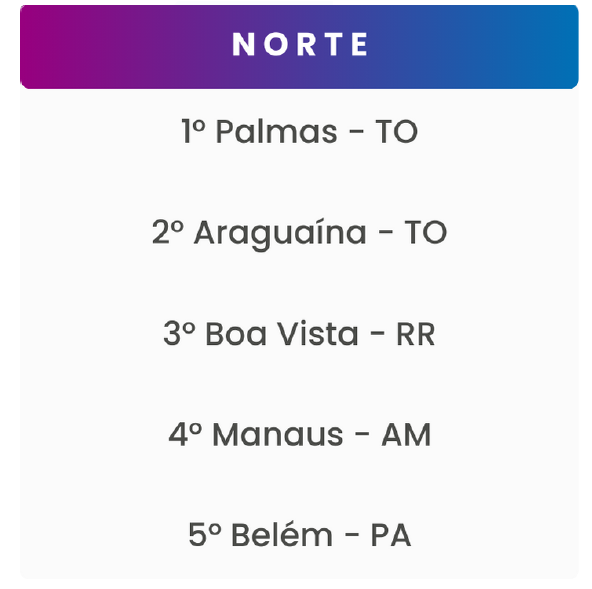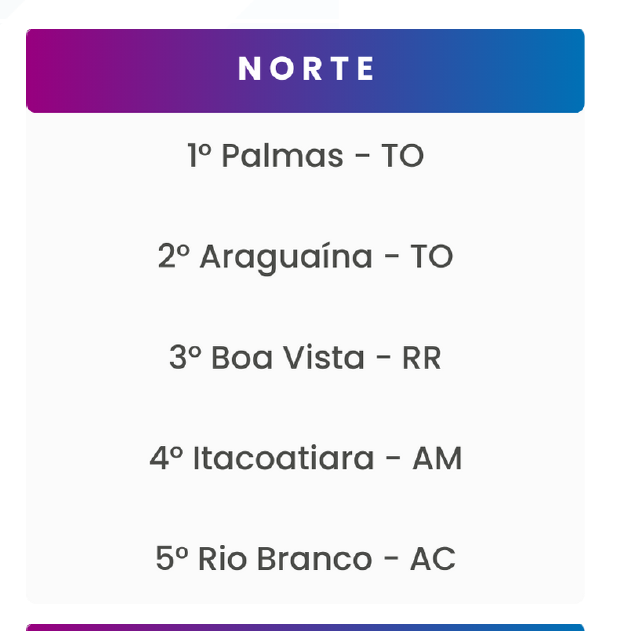For the 3rd time, city in northern Brazil leads the country’s sustainability ranking
31 de March de 2025

By Marcela Leiros – From Cenarium
MANAUS (AM) – Palmas (TO) has surpassed other northern capitals, such as Manaus (AM) and Belém (PA), for the third consecutive year in the “Sustainable Cities Ranking” by Bright Cities, which evaluates how municipalities impact the environment and the well-being of their inhabitants. The data was released on Friday, the 28th.
Bright Cities is a platform that helps public managers analyze the performance of various urban areas under their administration. The ranking evaluates 336 Brazilian municipalities with more than 100,000 inhabitants, based on indicators from ISO 37120 standards. The analysis includes indicators of quality of life, economic development, environment, and governance.
This year, Palmas ranked first in the Northern Region, followed by Araguaína, in the same state, as well as Boa Vista (RR), Manaus (AM), and Belém (PA). Among the 336 cities in Brazil assessed, the top five from each region of the country (North, Northeast, Midwest, South, and Southeast) are awarded, totaling 25 cities.
The platform indicated that the capital’s high ranking is due to its “solid performance” in safety, infrastructure, and services. “Holding the top position in the Northern Region since the first edition of the ranking, the city of Palmas cannot go unmentioned. Once again, the capital of Tocantins secures first place in the region in this year’s edition, showing an 8% increase in its overall score compared to the previous edition,” the report states.

In the previous two years, the Tocantins capital also surpassed the other cities in the North that were evaluated. In 2024, the ranking was as follows: Palmas, Araguaína, and Boa Vista in the top three spots, followed by Itacoatiara (AM) and Rio Branco (AC).

In 2023, Palmas, Araguaína, and Boa Vista also occupied the first, second, and third places, respectively, but this time, they were followed by Vilhena (RO) and Parauapebas (PA).

Public Policy and Sustainability consultant Luiz Castro commented to CENARIUM on the aspects in which Palmas excels. According to him, being a planned city, it is no surprise that the capital stands out in infrastructure.
“Palmas is truly a planned and well-organized city, with very wide streets and smooth-flowing traffic. You can get from downtown Palmas to that big lake in five minutes—its mobility is truly impressive and peaceful. Basic services are also excellent, which I categorize under well-being because they are interconnected—one affects the other,” he observed, adding a note on organization.
“It is a city whose road network is prepared for many years ahead. The streets are wide, the avenues are wide. It is a city with an organized cleaning system, organized waste collection, and all public services in order. The only downside of Palmas is not related to human decisions, which is the heat. It is a hotter city than Manaus. However, in compensation, it has good tree coverage,” he added.
ISO
The acronym ISO stands for the International Organization for Standardization, an entity comprising 162 standardization bodies.
According to Bright Cities, out of the 104 indicators in the standard, 43 were selected to compose the ranking, divided into five thematic pillars to group indicators that relate to and impact the subject matter.
These are the pillars that make up the ranking:
- Prosperity: Evaluated based on criteria such as economy, innovation, infrastructure, and social conditions.
- Management: This pillar aims to aggregate indicators that assess factors impacting municipal management quality, analyzing aspects ranging from public finances to gender equality in politics.
- Well-being: This thematic pillar includes indicators that evaluate various factors directly affecting people’s lives, such as education, health, culture, and the environment.
- Safety: Derived from ISO standards, this category includes essential and supporting indicators assessing death rates related to various factors.
- Infrastructure and Basic Services: This pillar considers essential services such as drinking water, basic sanitation, and electricity.

